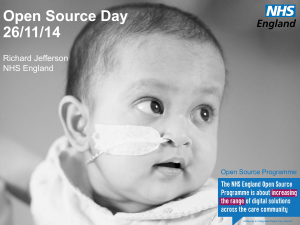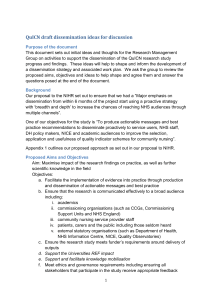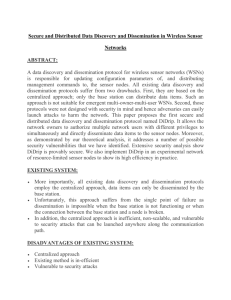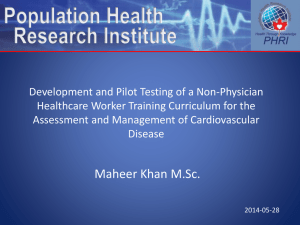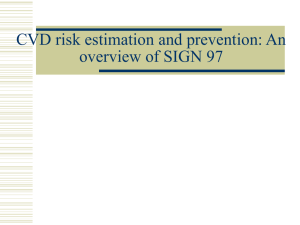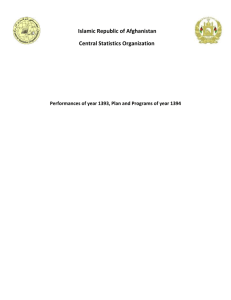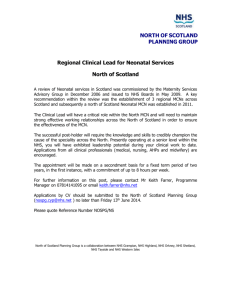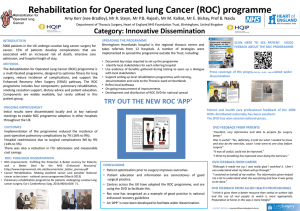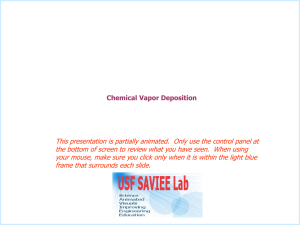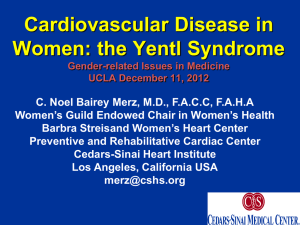Keep Well & Well North
advertisement
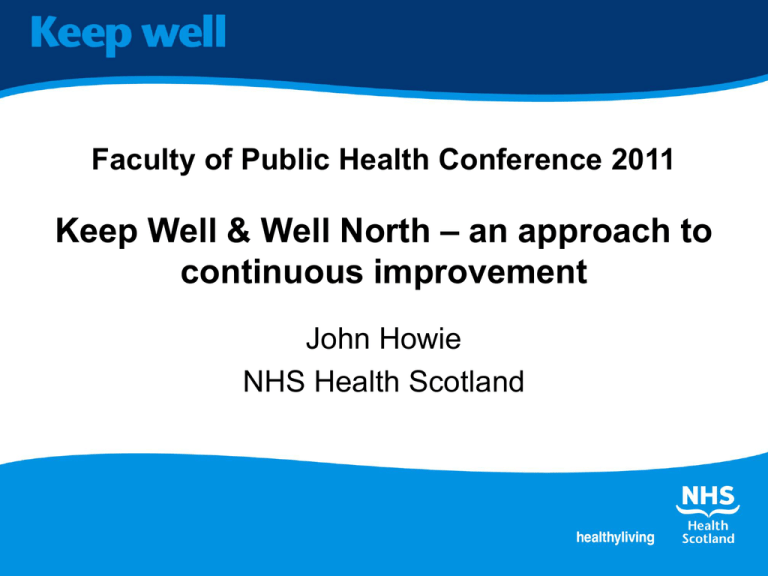
Faculty of Public Health Conference 2011 Keep Well & Well North – an approach to continuous improvement John Howie NHS Health Scotland Will Cover …. • Programme Background • Improvement Aim, Structure & Process • Examples – Delivery, Staff Skills & Policy Why Keep Well & Well North Programme Origins • Health Inequalities – Life Expectancy – Long Term Conditions – CVD and Diabetes • Key Health Determinant - Access to Health Services • Inequity of Access • Keep Well intended to narrow the access gap and increase identification of risk, diagnosis, support & treatment. Key Features of Keep Well & Well North • Target 45 (now 40) to 64 years living in most 15% deprived communities & households in Scotland (SIMD). • Target other at risk communities such as homeless and travelling communities, carers and prison populations • Successful Engagement • Completion of Check • Agreed Service/User Response to Results The Health Check • 25 - 45 Minute Check • Identify CHD risk factors via The ASSIGN Risk Score • Lifestyle • Life Circumstance • Other Questions and Prompts Impact – Risk Identified • NHS Western Isles - 1470 Checks completed with individuals with no previous CVD/Diabetes History (2010) • CVD Risk Estimation Score >20% - 367 (25%) • Raised blood glucose level – 106 (7%) • Raised blood glucose level and a CVD Score > 20% 70 (5%) Where we are now … • Since launch in 2006 • Over 145,000 Health Checks delivered by September 2011 • HEAT H8 Target 2011/12 - 24,150 checks – on target over 40,000 • Spending Review Commitment to extend the programme from 2012/15. £11m per year. • End November 2011 – Delivery Proposals 2012/15 based on new Policy & Delivery Criteria Improvement Aim To ensure that on-going improvements in national policy and the planning and delivery of services associated with the Keep Well & Well North programmes are continually shaped by effective learning and dissemination systems. Improvement Structure Improvement across Policy, Delivery, Staff Learning & Evaluation Improvement Dissemination Process Learning & Risk Report on Delivery of Local Plans Health Scotland Programme Supports Areas NHS Boards Report & Advise via National Steering Groups Pilot Project Areas NHS Boards Improvement Dissemination Process STAGE 1 National Policy & Criteria Staff Learning Programmes STAGE 4 Targeted Dissemination Methods STAGE 2 Service Delivery STAGE 3 Lessons Identified & Prioritised for Dissemination Delivery Improvement Adoption and/or Adaptation of Disseminated Lessons • • • • • • • • Mobile Working – (WI) Community Pharmacy – Addictions Model (FV) Home Visit Service (Lanarkshire) Local Enhanced Service Templates (GGC & Tayside) InfoPath – Mobile Information Management Solutions (A&A) Workplace Checks (Borders) Through-care in Prisons (Lothian) Keep Well Team Model (Fife) Learning Improvement • Fully up to date national learning programmes: – in relation to Keep Well Engagement Skills – Brief Interventions, and crucially • Revised development of new national competencies for health care support workers delivering Keep Well & Well North Policy Improvement • Informed Scottish Government Policy – Better Health Better Care & Equally Well • Delivery Criteria – Waves 1 to 4 • Spending Review Levels • HEAT H8 Targets • Keep Well Extension Criteria 2012/15 – Engagement Protocol Policy Improvement Engagement Protocol • • • • At least 3 Invitation Attempts Using 2 Different Methods Within a 90 Day Period Opportunistic Engagement Summary • Ambition to continually improve how we legislate, shape policy and plan and deliver services • Need to effectively design how we report, evaluate, analyse and disseminate the lessons generated by NHS and partner staff. • Keep Well is one example of how this has been delivered • Model for consideration in other high profile national programmes Thank You







